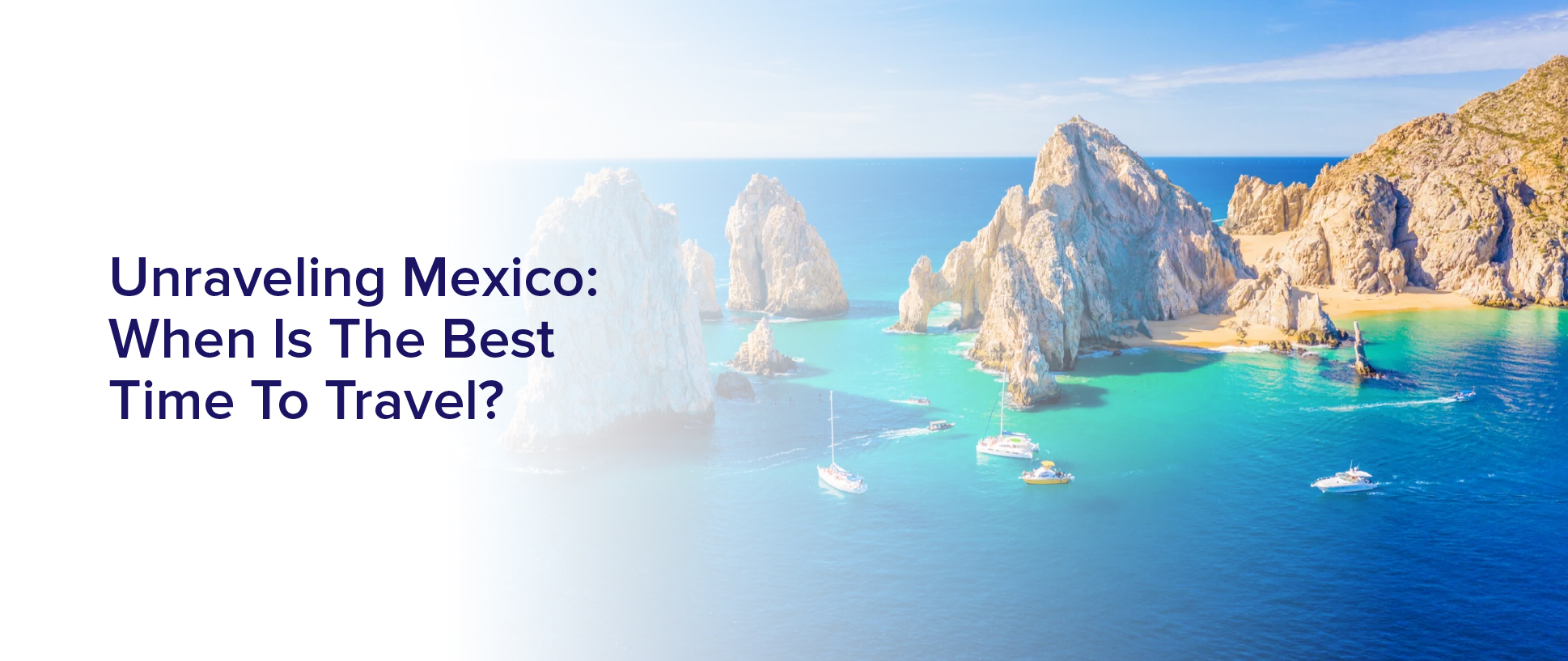Are you planning a trip to Portugal? Timing is everything when it comes to getting the most out of your visit. Whether you’re looking to explore the beaches, delve into the urban centers, experience local celebrations, indulge in culinary delights, or simply avoid crowds and save some money, there’s a best time to do it.
In this article, we’ll guide you through the different times of year to visit Portugal. We’ll explore the best times to experience Portugal’s beaches, urban centers, festivals, and food, as well as the low season when you can save money and avoid crowds. We’ll also delve into the microclimates and regional variations that can affect your travel plans, and provide some tips and resources to help you plan your perfect trip to Portugal.
So, let’s get started!
Exploring Portugal’s Beaches: The Best Time to Visit
If you’re looking to soak up the sun and surf on Portugal’s gorgeous beaches, the best time to visit is during the summer months. From June to August, the weather is warm and the water temperature is perfect for swimming, surfing, and other water activities. The beaches are also lively during this time, with plenty of beach bars and restaurants open and hosting events like live music and beach parties.
However, if you prefer a quieter beach experience, you may want to consider visiting in May or September. The weather is still warm, but the crowds have thinned out. This is also a great time for hiking and exploring the coastal areas, as the temperatures are more moderate.
Overall, the best time to visit Portugal’s beaches really depends on your preferences, but the summer months offer the most vibrant and lively beach experience.
City Adventures: When to Travel to Portugal’s Urban Centers
For an exciting city adventure in Portugal, plan your trip to coincide with the bustling energy of urban centers.
The best time to visit Portugal’s cities is in the shoulder seasons of spring and fall. During these times, the weather is mild and comfortable, and the crowds are smaller than in the busy summer months.
Lisbon, Porto, and Coimbra are just a few of the cities worth exploring in Portugal. Each city has its own unique charm and history, from the colorful buildings and winding streets of Lisbon’s Alfama district to the lively nightlife and delicious food in Porto.
By visiting during the shoulder seasons, you’ll have a better chance of experiencing the local culture without feeling overwhelmed by tourists.
So start planning your city adventure in Portugal now, and get ready to immerse yourself in the vibrant energy of these urban centers.
Festival Fun: The Best Time to Experience Portugal’s Celebrations
Get ready to immerse yourself in the colorful and lively celebrations of Portugal by experiencing its festivals, which offer a unique insight into the country’s culture and traditions.
From the world-famous Carnival in Lisbon to the medieval-themed Festival of Santarém, Portugal has a wide range of festivals throughout the year that are sure to delight and entertain.
The best time to experience these celebrations is during the summer months, when the weather is warm and sunny, and the streets are filled with music, dancing, and food.
Some of the most popular festivals during this time include the Festa de São João in Porto, the Festival do Marisco in Olhão, and the Festas da Praia in Terceira.
So, pack your bags and get ready to join in the fun and excitement of Portugal’s vibrant festival scene.
Wine and Dine: Timing Your Trip for Culinary Delights
You’ll want to plan your trip around Portugal’s culinary scene, as the country boasts a rich and diverse gastronomy that is sure to tantalize your taste buds.
From the fresh seafood caught off the Atlantic coast, to the hearty stews and soups of the mountainous regions, and the sweet pastries of Lisbon, there is something for every palate.
To truly experience the best of Portuguese cuisine, be sure to time your visit during one of the many food festivals and events that take place throughout the year. These celebrations showcase the country’s culinary heritage and offer the perfect opportunity to sample local specialties and mingle with locals.
Some of the must-try dishes include bacalhau (salt cod), cozido (a stew made with various meats and vegetables), and pastéis de Belém (a creamy custard tart).
So come hungry and leave with a fuller appreciation for Portugal’s delicious and diverse cuisine.
Avoiding Crowds and Saving Money: Portugal’s Low Season
Looking to save money and avoid crowds on your trip to Portugal? Consider traveling during the low season.
Portugal’s low season runs from November to March, excluding the holiday season. During this time, you’ll find fewer tourists around, which means you can explore the country’s attractions without feeling rushed or crowded. Plus, you can save on accommodation and transportation costs as prices tend to be lower during this time.
One of the best things about traveling during Portugal’s low season is that you can experience the country’s authentic culture without the crowds of tourists. You can visit the local markets, sample traditional dishes, and engage with the locals, who are more relaxed and welcoming during this time.
You can also take advantage of the cooler weather and explore the country’s outdoor attractions, from hiking trails to beaches, without feeling overwhelmed by the heat or the crowds. So, if you’re looking for a more affordable and authentic Portugal experience, plan your trip during the low season.
Microclimates and Regional Variations: Timing Your Visit by Location
Experience Portugal’s diverse climates by timing your visit according to the region you want to explore. Portugal has a Mediterranean climate, but due to its varied topography, there are microclimates throughout the country.
In the north, you’ll find cooler temperatures and more rainfall, while the south is hot and dry. The Azores have a subtropical climate, and Madeira is known for its mild weather year-round.
If you want to explore Lisbon and the Algarve, the best time to visit is during the summer months when the weather is warm and sunny. However, if you want to avoid the crowds and save money, consider visiting in the shoulder season, from April to June or September to November.
In the north, the best time to visit is from May to September when the weather is pleasant, and you can explore the vineyards and historic cities. If you’re planning to visit the Azores, the best time to go is from June to September, while Madeira is enjoyable year-round.
By timing your visit according to the region, you can experience all that Portugal has to offer.
Planning Your Trip: Tips and Resources for Finding the Best Time to Travel to Portugal
When planning a trip to Portugal, it’s helpful to research weather patterns and local events to ensure a memorable vacation. Portugal experiences a Mediterranean climate with mild winters and hot summers, but the weather can vary depending on the region. Coastal areas tend to be cooler with more rain, while inland areas can reach higher temperatures.
The best time to visit Portugal is during the shoulder seasons of spring and fall when the crowds are fewer, and the weather is pleasant. In addition to weather, consider local events when planning your trip. Portugal is known for its festivals, such as the Carnival in February and the São João Festival in June.
Attending these events will provide a unique cultural experience and an opportunity to mingle with the locals. Researching events beforehand will also help you avoid any potential issues with travel and accommodation. Ultimately, the best time to travel to Portugal depends on your preferences and interests, but with proper planning and research, you’re sure to have a fantastic trip.
Frequently Asked Questions
What are the visa requirements for traveling to Portugal?
To travel to Portugal, you may need a visa depending on your country of origin. Citizens from the European Union, Switzerland, Norway, Iceland, and Liechtenstein don’t need a visa to enter Portugal.
However, citizens from other countries may need to apply for a Schengen Visa before their trip. It’s recommended to check with the Portuguese embassy or consulate in your country to determine the specific visa requirements and application process.
What are the most popular tourist attractions in Portugal?
Portugal has a plethora of popular tourist attractions that are definitely worth checking out.
One of the most famous attractions is the Belem Tower, a UNESCO World Heritage Site that was built in the 16th century.
Another must-visit destination is the colorful Pena Palace in Sintra, which is a fairytale-like castle with stunning views.
The city of Porto is also a popular tourist spot, known for its wine, vibrant culture, and stunning architecture.
Lisbon, the capital city, is also a top destination with its charming streets, historic landmarks, and delicious cuisine.
Other noteworthy attractions include the Douro Valley, the Algarve region with its breathtaking beaches, and the medieval town of Obidos.
What is the currency used in Portugal and where can it be exchanged?
The currency used in Portugal is the Euro. You can exchange your currency at banks, exchange bureaus, and some hotels. It’s recommended to exchange your currency at banks as they offer better exchange rates.
There are also ATMs available throughout the country where you can withdraw Euros using your debit or credit card. Keep in mind that some places may not accept credit cards, so it’s always a good idea to have some cash on hand.
What are the transportation options for getting around Portugal?
If you’re looking for different transportation options to get around Portugal, there are plenty to choose from. You can take advantage of the extensive public transportation system, which includes buses, trains, and metros.
If you prefer a more flexible option, renting a car is a popular choice and allows you to explore the country at your own pace. Taxis and ride-sharing services are also readily available in most cities.
Additionally, Portugal is a bike-friendly country, with many cities offering bike rentals and bike paths for easy transportation. Whatever your preference, there are plenty of options to choose from to make your travels around Portugal easy and convenient.
What are some cultural customs or etiquette to be aware of when visiting Portugal?
When visiting Portugal, it’s important to be aware of some cultural customs and etiquette. For example, it’s customary to greet someone with a handshake or kiss on each cheek, depending on the region.
It’s also considered polite to address people with their titles, such as ‘Senhor’ or ‘Senhora.’ When dining out, it’s customary to wait for the host to say ‘bom apetite’ before starting to eat.
Additionally, it’s important to dress appropriately, especially when visiting churches or other religious sites. Overall, showing respect and politeness towards the locals will go a long way in making your trip to Portugal a memorable one.
Conclusion
So, now that you know the best times to visit Portugal, it’s time to start planning your trip! Whether you’re looking to soak up some sun on the beaches, explore the cities, or indulge in the country’s culinary delights, there’s a perfect time for every traveler.
And if you’re hoping to avoid crowds and save some money, consider visiting during the low season. Remember to take into account regional variations and microclimates when timing your visit, and use the tips and resources available to make the most of your trip.
With its beautiful scenery, rich culture, and friendly locals, Portugal is a destination worth visiting at any time of year. So, what’re you waiting for? Start planning your adventure today!



